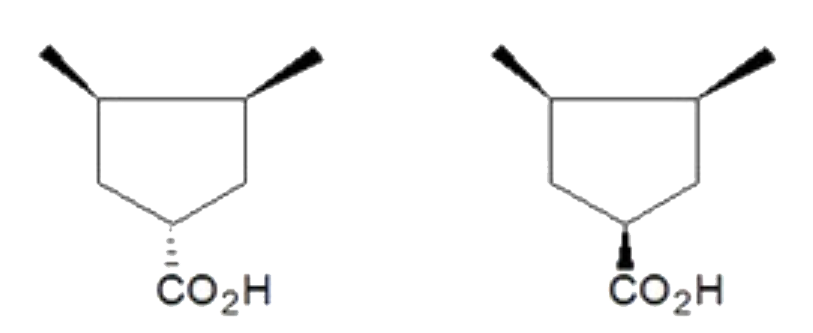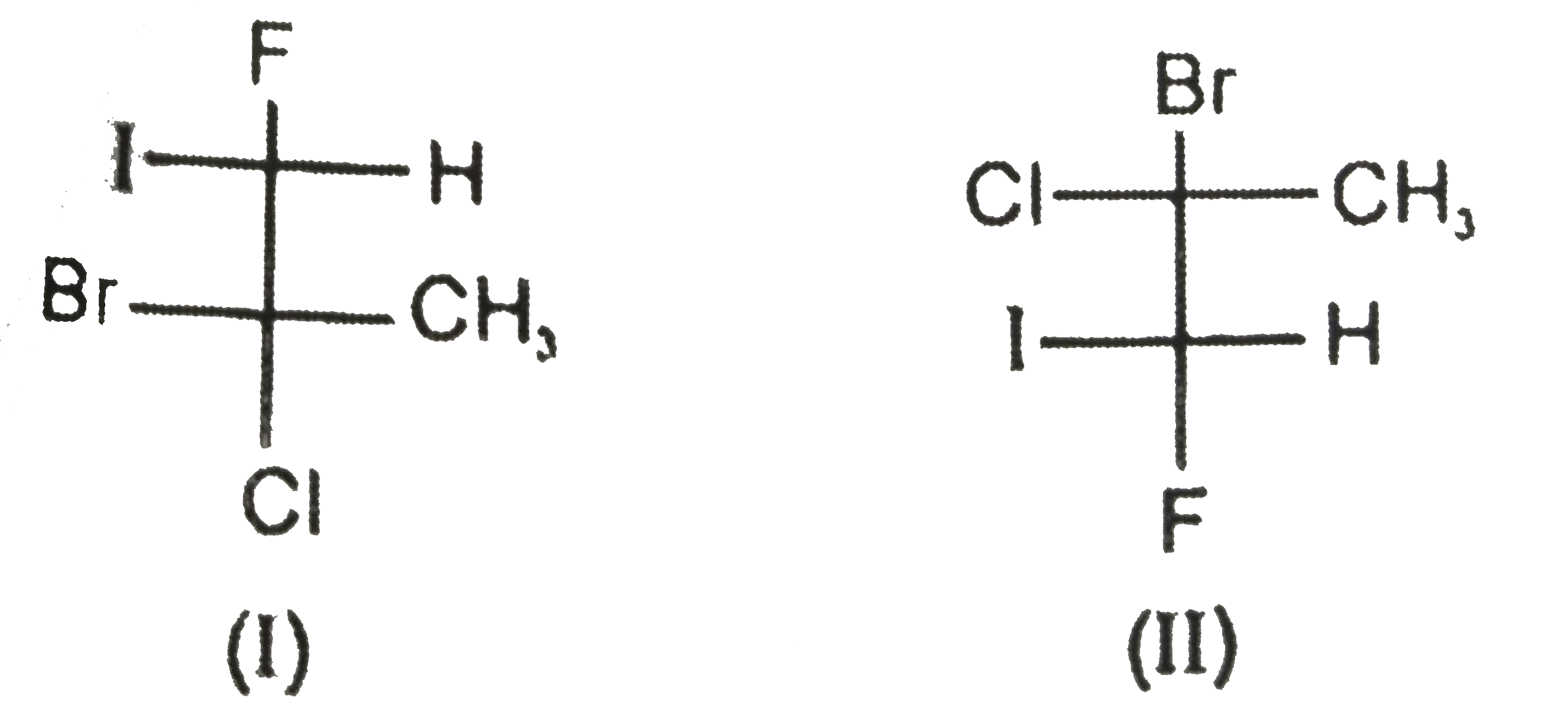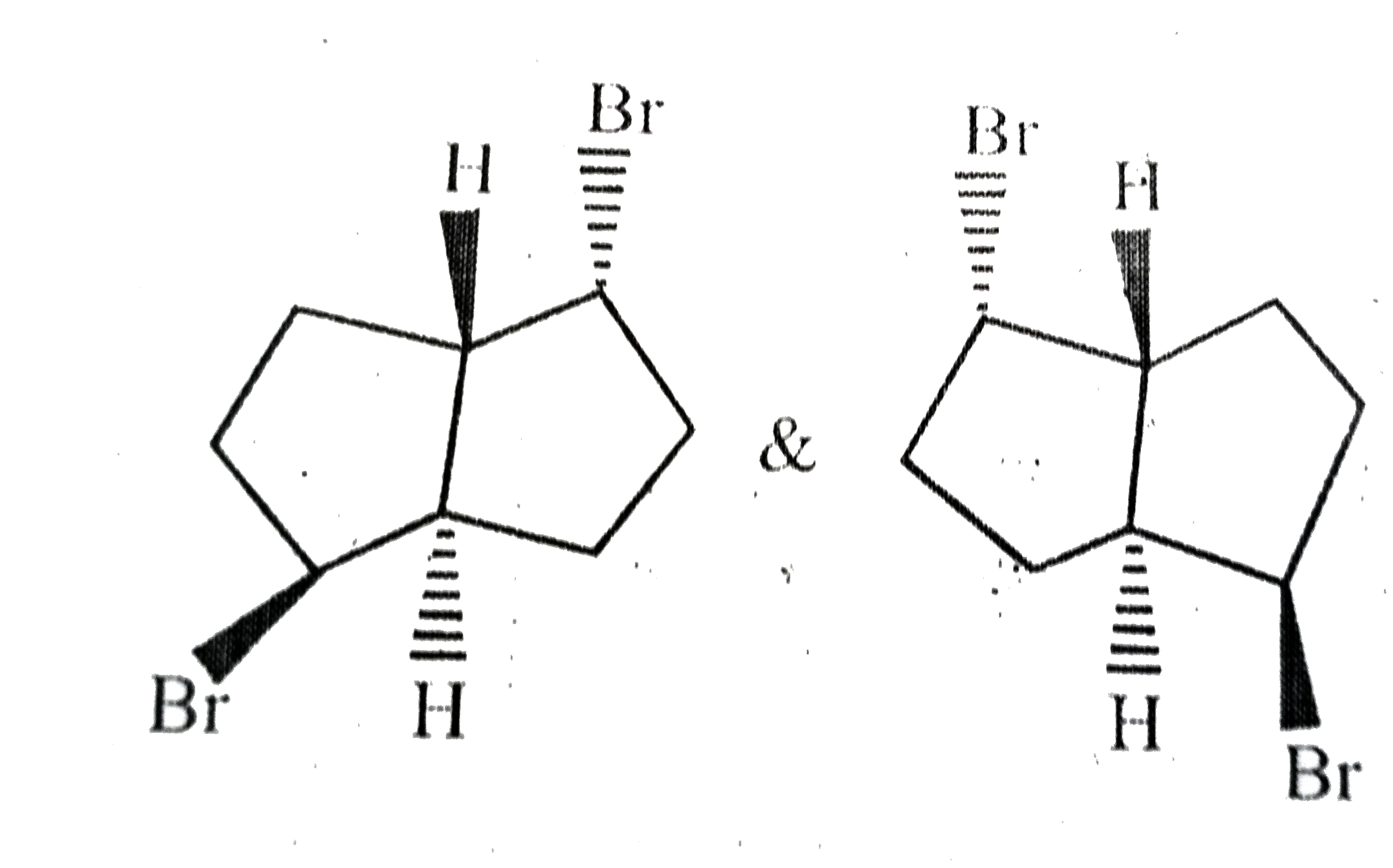Identify the relationship between the give compounds.



CH2COOCH3 & CH3COCH2OH
To identify the relationship between the given compounds, we will analyze each pair of compounds step by step.
Step 1: Analyze the First Pair of Compounds
1. Identify the Structures: The first pair of compounds has a total of 4 carbon atoms. One compound has the hydroxyl (OH) group on the fourth carbon, while the other has it on the third carbon with a branch.
2. Count Carbon Atoms:
- Compound A: 4 carbons in a straight chain.
- Compound B: 3 carbons in the main chain and one carbon as a branch.
3. Determine Relationship: Since the length of the parent chain differs, these compounds are classified as chain isomers.
Step 2: Analyze the Second Pair of Compounds
1. Identify the Structures: The second pair consists of ethers. Both compounds have a total of 4 carbon atoms.
2. Count Carbon Atoms:
- Both compounds have 2 carbon atoms on either side of the ether oxygen.
3. Determine Relationship: The difference in the length of the alkyl groups on either side of the non-terminal functional group indicates that these compounds are classified as metamers.
Step 3: Analyze the Third Pair of Compounds
1. Identify the Structures: The third pair consists of compounds with a benzene ring and different substituents.
2. Count Carbon Atoms:
- Both compounds have a total of 8 carbon atoms (6 from benzene and 2 from substituents).
3. Determine Relationship: The difference in the length of substituents indicates that these compounds are classified as chain isomers.
Step 4: Analyze the Fourth Pair of Compounds
1. Identify the Structures: The fourth pair consists of compounds with a benzene ring, one having an OH group and a CH3 group, while the other has an OH group and a CHO group.
2. Count Carbon Atoms:
- The first compound has 7 carbon atoms (6 from benzene + 1 from CH3).
- The second compound has 7 carbon atoms (6 from benzene + 1 from CHO).
3. Compare Other Atoms: The number of hydrogen and oxygen atoms also differs.
4. Determine Relationship: Since the number of carbon, hydrogen, or oxygen atoms is not equal, these compounds are not isomers.
Summary of Relationships
- Pair A: Chain isomers
- Pair B: Metamers
- Pair C: Chain isomers
- Pair D: Not isomers
1. Identify the Structures: The first pair of compounds has a total of 4 carbon atoms. One compound has the hydroxyl (OH) group on the fourth carbon, while the other has it on the third carbon with a branch.
2. Count Carbon Atoms:
- Compound A: 4 carbons in a straight chain.
- Compound B: 3 carbons in the main chain and one carbon as a branch.
3. Determine Relationship: Since the length of the parent chain differs, these compounds are classified as chain isomers.
1. Identify the Structures: The second pair consists of ethers. Both compounds have a total of 4 carbon atoms.
2. Count Carbon Atoms:
- Both compounds have 2 carbon atoms on either side of the ether oxygen.
3. Determine Relationship: The difference in the length of the alkyl groups on either side of the non-terminal functional group indicates that these compounds are classified as metamers.
1. Identify the Structures: The third pair consists of compounds with a benzene ring and different substituents.
2. Count Carbon Atoms:
- Both compounds have a total of 8 carbon atoms (6 from benzene and 2 from substituents).
3. Determine Relationship: The difference in the length of substituents indicates that these compounds are classified as chain isomers.
1. Identify the Structures: The fourth pair consists of compounds with a benzene ring, one having an OH group and a CH3 group, while the other has an OH group and a CHO group.
2. Count Carbon Atoms:
- The first compound has 7 carbon atoms (6 from benzene + 1 from CH3).
- The second compound has 7 carbon atoms (6 from benzene + 1 from CHO).
3. Compare Other Atoms: The number of hydrogen and oxygen atoms also differs.
4. Determine Relationship: Since the number of carbon, hydrogen, or oxygen atoms is not equal, these compounds are not isomers.
- Pair A: Chain isomers
- Pair B: Metamers
- Pair C: Chain isomers
- Pair D: Not isomers
Topper's Solved these Questions
- IUPAC NOMENCLATURE & STRUCTURAL ISOMERISM BOOK - RESONANCE ENGLISHCHAPTER - IUPAC NOMENCLATURE & STRUCTURAL ISOMERISM EXERCISE - Exercise-1 Part-1 Section(A)
10 Videos
- IUPAC NOMENCLATURE & STRUCTURAL ISOMERISM BOOK - RESONANCE ENGLISHCHAPTER - IUPAC NOMENCLATURE & STRUCTURAL ISOMERISM EXERCISE - Exercise-1 Part-1 Section(B)
8 Videos
- IUPAC NOMENCLATURE & STRUCTURAL ISOMERISM BOOK - RESONANCE ENGLISHCHAPTER - IUPAC NOMENCLATURE & STRUCTURAL ISOMERISM EXERCISE - Advanced Level Problems Part-5
2 Videos
- IONIC EQUILIBRIUMBOOK - RESONANCE ENGLISHCHAPTER - IONIC EQUILIBRIUMEXERCISE - partIII one or more than one options correct type
10 Videos
- METALLURGYBOOK - RESONANCE ENGLISHCHAPTER - METALLURGYEXERCISE - ORGANIC CHEMISTRY(Alkyl Halide, Alcohol,Phenol,Ether)
17 Videos
Similar Questions
Knowledge Check
Identify the relationship between following molecules.
 AEnantiomerBDiastereomerCHomomerDBoth are meso
AEnantiomerBDiastereomerCHomomerDBoth are mesoIdentify relation between these two compounds :
 AhomomersBenantiomersCdiastereomersDdifferent compounds
AhomomersBenantiomersCdiastereomersDdifferent compoundsA quantitative relationship between the temperature and rate constant is given by :
ANernst equationBArrhenius equationCvan't Hoff equationDHenderson equation
Relationship between given pair is :

View SolutionIdentify the incorrect relationship
View SolutionIs there a relationship between the size of an organism and its life span ? Give two examples support of your answer.
View SolutionIs there a relationship between the size of an organism and its life span ? Give teo examples support of your answer.
View SolutionWhat is the relationship between (I) & (II)

View Solution

